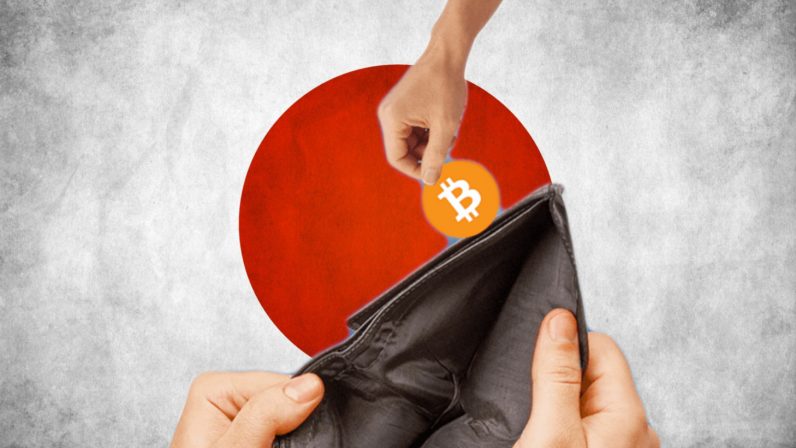2020-6-11 15:55 |
Craig Cobb of the TraderCobb Crypto Show has been investing since he was 16 years old. Before entering the world of crypto trading, Cobb worked in traditional stock markets, FX and commodities and bonds.
If you’ve ever dabbled in the trading world, chances are you’ve heard about moving averages. But what are they for?
In this article, I want to take you through how moving averages work, and how I’ve used them in relation to price over the last 14 years of my trading career. But in order to understand the purpose of moving averages, we must first figure out how markets work.
Everyone has their theories when it comes to predicting market movements. Some rely solely on their gut or feel, while others prefer to just scan Twitter. Most accomplished traders, however, utilize simple but logical methods to gain high probabilities of winning trades.
It doesn’t matter whether you are a trader or an investor. As long as your goal is profitable trades, the principles remain the same. Furthermore, they work on any timeframe, from the hourly to the daily, and all the way up to the weekly and monthly charts.
Now, you might wonder, is the “moving average” a magic indicator? The answer is no.
Moving averages merely help you understand markets because they are a “simple moving average of price,” hence the name. When it comes to trading or investing, many people tend to forget how important price is.
Moving averages are simply price measured by time. Therefore, they illustrate a factual piece of information about buyers and sellers over that period of time, which makes it reliable.
How to Use Moving Averages in Crypto TradingAs a trader who uses checklist-based trading strategies, I look for a confluence of events to occur before I put any money into the market. It doesn’t matter if I go long or short, or whether I trade spot, margin or futures. I follow the same objective strategy every time.
I use these moving averages as equilibrium points: a point at which I see the market as being fair value. Essentially, I wait for the market to trend, and then pull back into the cradle zone.
The cradle zone is an area in between a 10-period exponential moving average and a 20-period exponential moving average — and it is a zone. It’s not an exact science.
I call it a cradle zone because it’s a comfortable place for the price to move from.
That move could either be upwards or downwards. The point is that it gives me a better understanding of the next potential move and as traders, we always aim to get direction and timing right.
However, this does not mean that there will be an opportunity, nor is it a good enough reason for me to trade. But it is one of the ingredients that I use.
In fact, I challenge you to go to any chart you like that is trending or has trended and input two exponential moving averages: a 10- and a 20-period exponential moving average. You can place them on any timeframe you like and watch what happens when price pulls back into those areas.
You will note that it is somewhat an equilibrium point in good trends.
How NOT to Use Moving AveragesSome people use moving averages for crossovers, which I don’t get. The price actually moves before the averages move. That’s why they’re a moving average of price. Price comes first, then the “averages” follow what price has done.
A golden cross is complete and utter nonsense for predicting further moves higher. All it does is tell you that the price has already gone up. If you are trading off this single ingredient alone, then you need to know that you need more.
The dead cross, on the other hand, tells you that the price has already gone down because it is using the 50-period moving average, which is the last 50 candles crossing with the last 200 candles.
What I’m trying to highlight here is that these indicators lag price. They’re a lagging indicator, which makes them unreliable for predicting future movements and therefore by themselves are not enough to trade from with any margin of long term success.
You see, price action tells you what’s going on and everything else is simply derivative of price. Therefore, it needs to be the most important element on your chart. The indicators are only there to help confirm or deny potential opportunities for your trading or investing.
And that’s how I use moving averages. They’re an essential part of my trading strategies, but they need to coincide with other events before I consider placing a trade.
If you want to see a video of exactly how I use them, you can watch below:
The post The Buy Zone – Knowing Where To Buy And Sell appeared first on CoinMarketCap Blog.
origin »Free Game Zone (FGZ) на Currencies.ru
|
|













